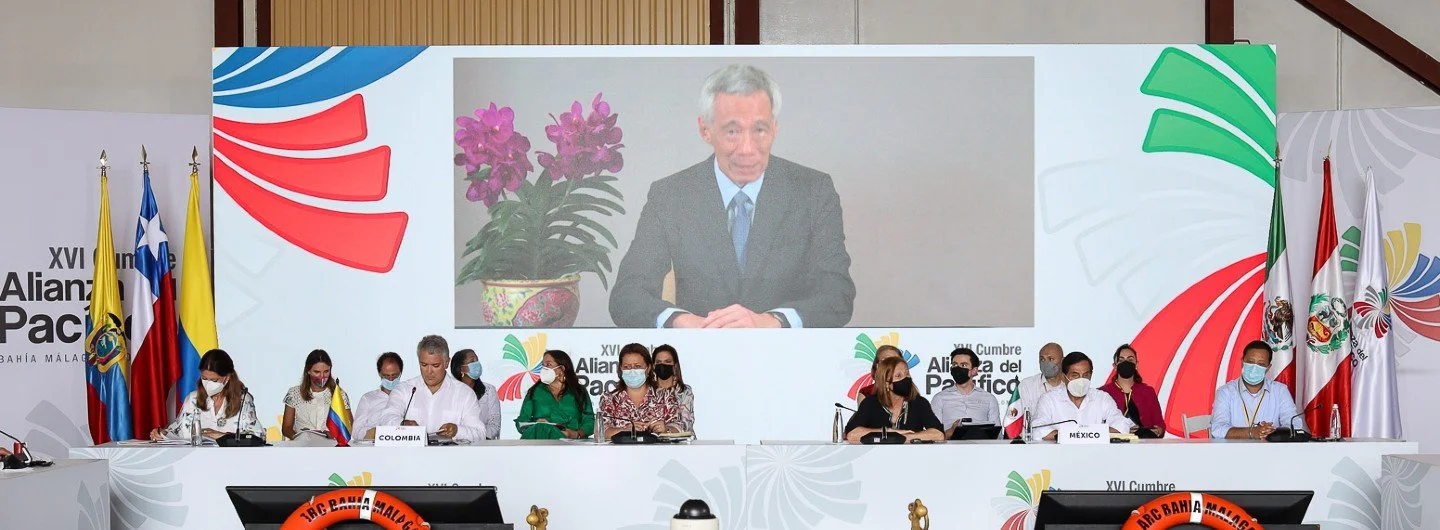It’s that time of year again—ready to gaze into a crystal ball and guess the 2023 future of trade in Asia? The overall picture looks mixed, with continuing disruptions which may be offset by new opportunities.
Continuing Covid impact: while much of the world (and probably all Talking Trade readers) seem eager to put the Covid-19 pandemic in the rear-view mirror, the virus is likely to continue to affect trade in Asia for much of 2023. Disruptions will be caused by individuals that are continuing to get sick and are unable to report for work. Fluctuating staffing levels can make it difficult for companies to deliver goods and services on time as intended. These delays will continue to reverberate across the region and create continuing headaches for supply chain managers, particularly in the first half of the year. As with the earlier waves of Covid, government reactions and responses to potentially rising infection levels are also important. While complete border shutdowns may be a thing of the past, governments have shown a new willingness to make rapid adjustments to policies that can catch firms by surprise.
Inflation and recession worries: The jury remains out on whether inflationary pressures are going to sharply or modestly moderate in the near term, but there is a growing consensus that several major economies are still poised for recession. Given the importance of key markets in the US and Europe to most Asian economies, even a mild recession in either can be quite damaging. Inflation and rising interest rates are also posing new challenges to domestic firms and consumers.
Uncertain supply and demand: Firms in Asia are also grappling with continuing uncertainty about the supply and demand for goods and services in the near term. Many of the economic patterns developed during covid, such as working from home or extensive shopping online, will change in 2023. But the “new normal” is also unlikely to snap back to pre-covid times. This leaves firms and supply chain managers facing a set of forecasts that are probably obsolete and few clear answers on what sorts of supply and demand pressures might be most relevant now. High levels of uncertainty make it all too easy for firms to over or undershoot expectations, leading to mountains of unsold inventory, staffing levels which are not right sized, or an inability to deliver at volumes.





